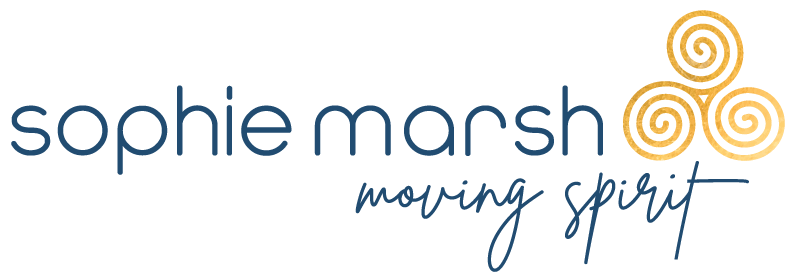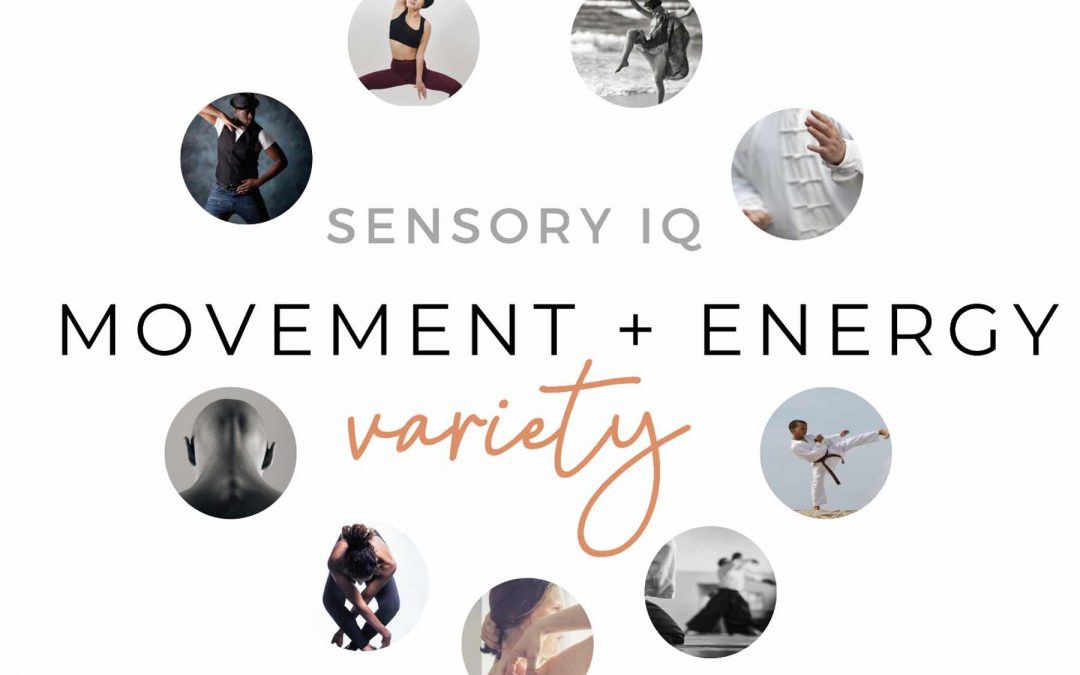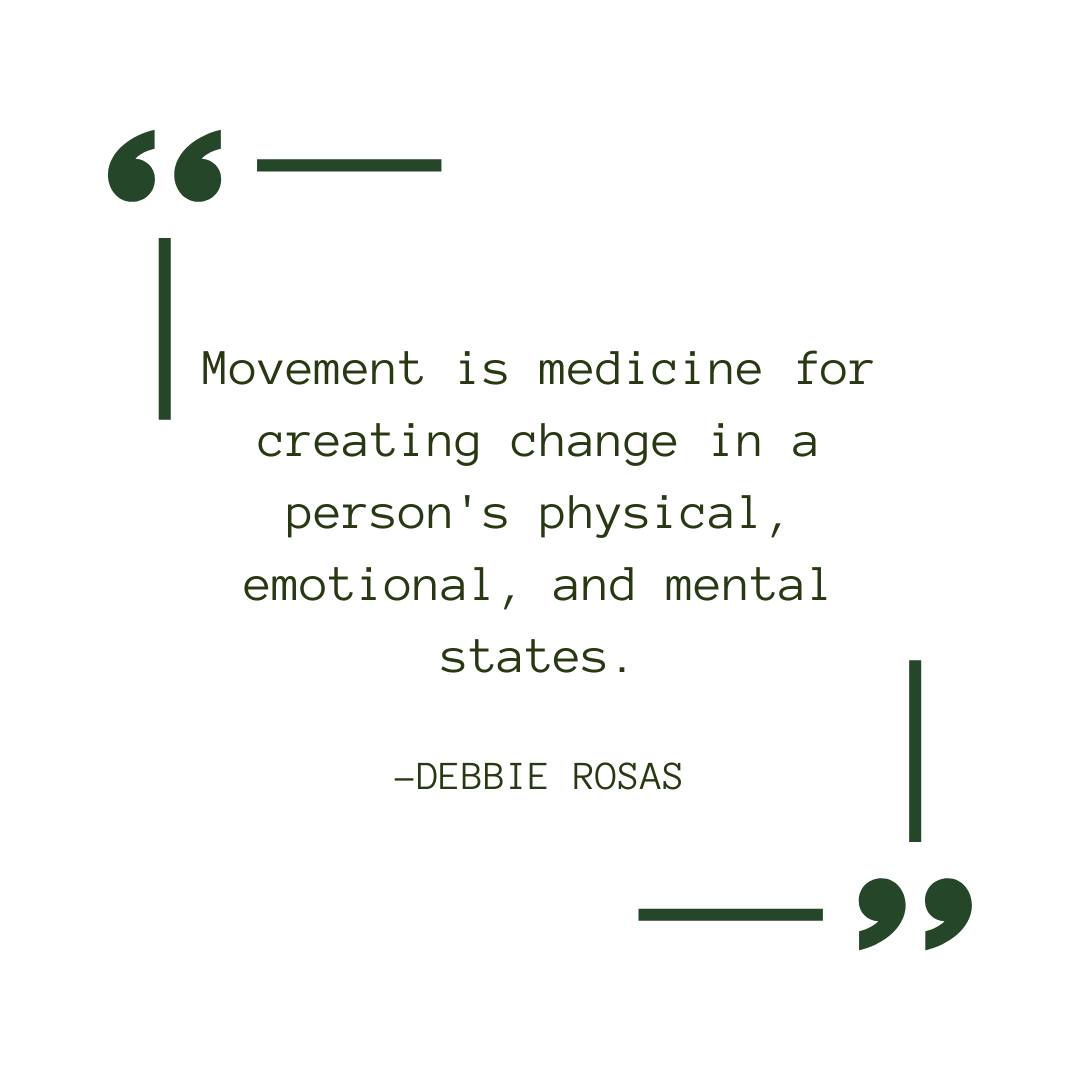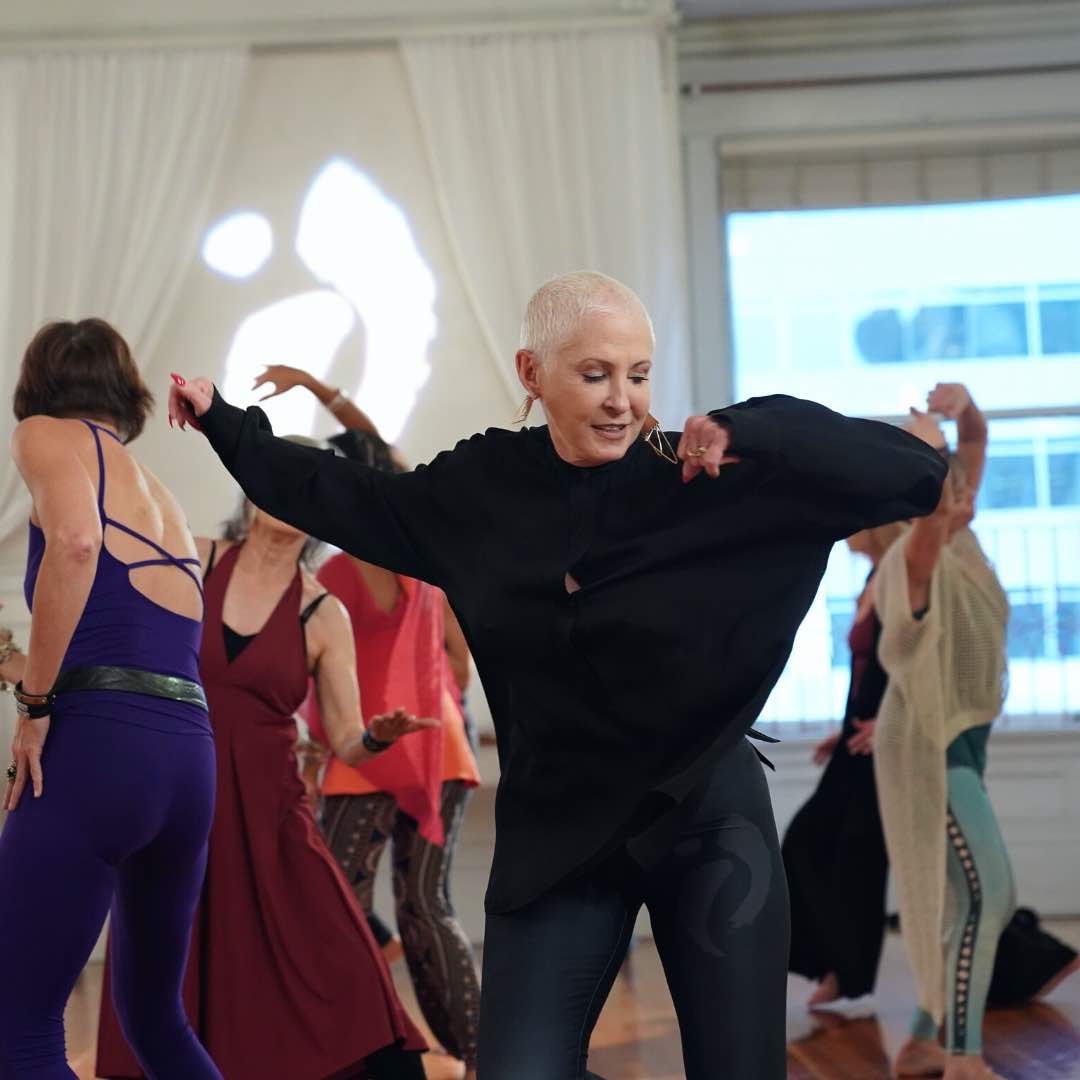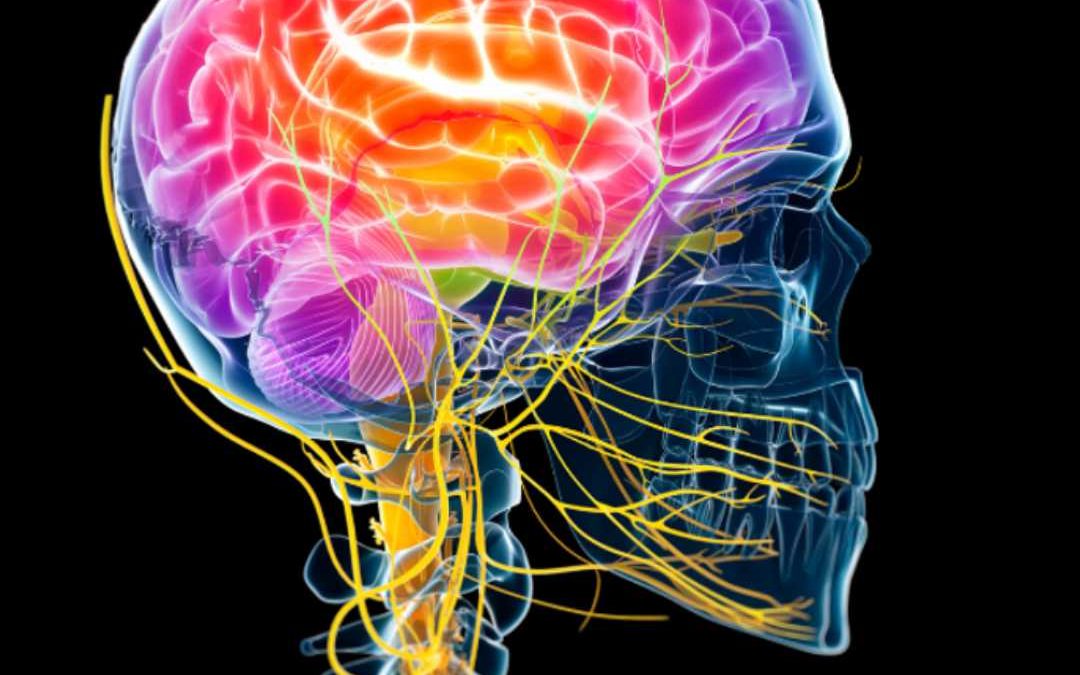
Ageing in Reverse- Part 2. Movement for Brain Health
Ageing in Reverse- Part 2. Movement for Brain Health
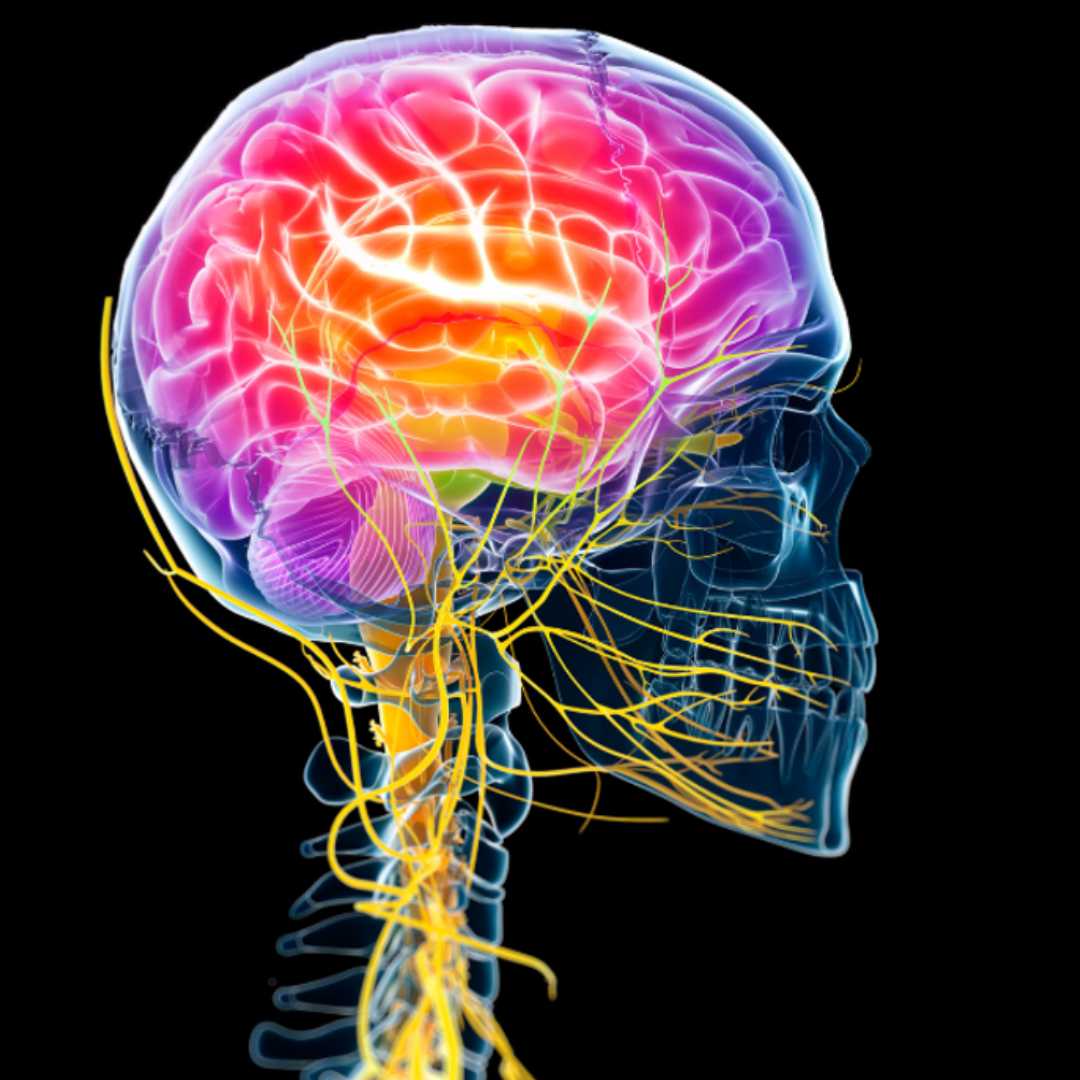
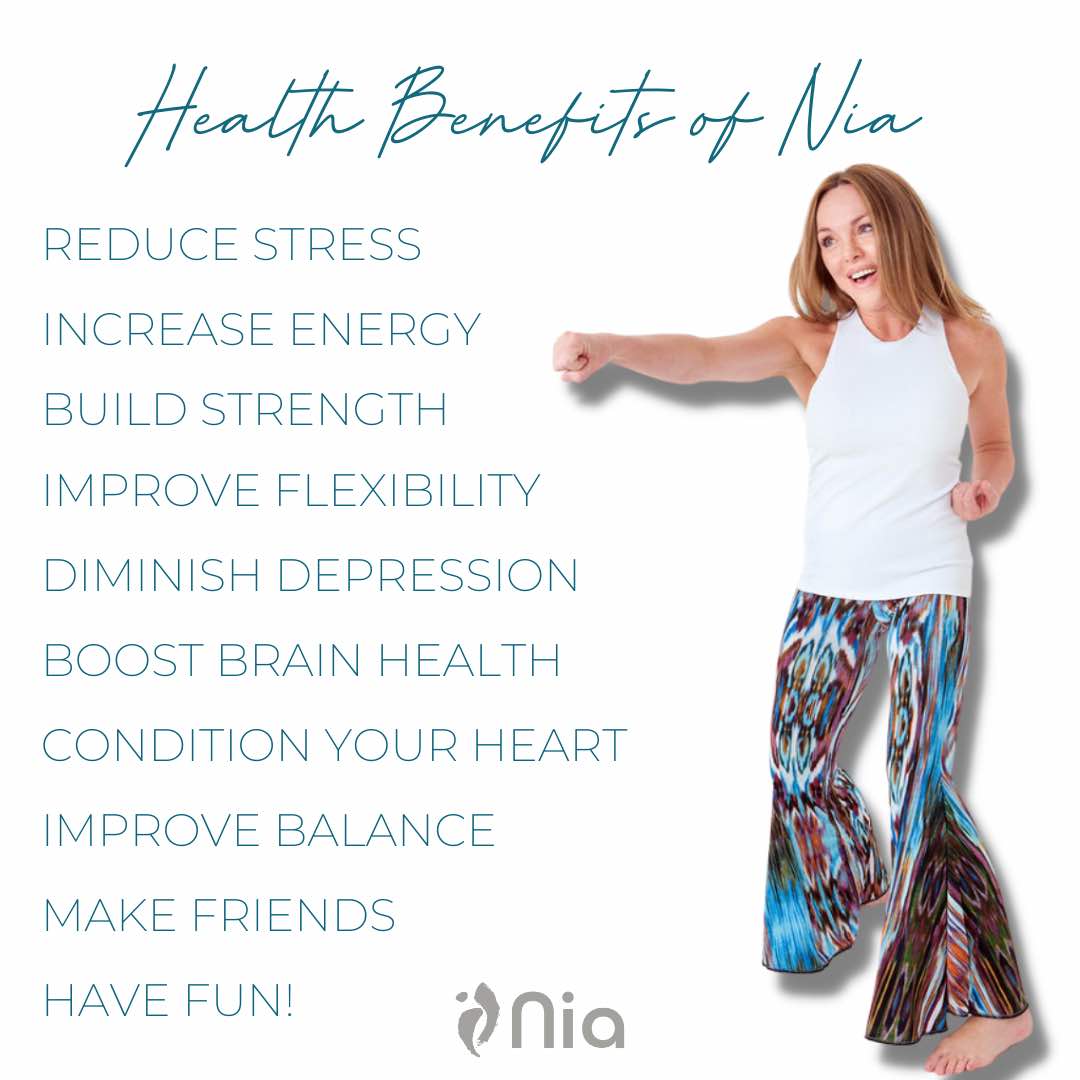
“Much more of the brain is devoted to movement than to language. Language is only a little thing sitting on top of this huge ocean of movement.” ~ Dr Oliver Sacks
A healthy brain means having the cognitive, emotional and behavioural functioning that you need to navigate life, feel healthy, have meaningful relationships, and realise your full potential. Numerous studies have linked brain health with an improved lifespan, and to feeling happier and healthier.
Last month I wrote about how I’m ageing in reverse and why movement variety is vital for our physical wellbeing. Read it here.
For brain health and mental wellness, exercise is also key, even more so if it incorporates cardiovascular conditioning, mindfulness, music, dance sequences, energy variety, and social engagement! Sound familiar?
What’s good for the heart is good for the brain
Movement that delivers cardio conditioning increases blood flow to the brain, stimulates the growth of brain cells and connections between them, and is associated with larger brain volume.
A 2016 study published in Neurology suggested physical activity can slow brain ageing by as much as 10 years. Another study showed that older adults (over 65) who did high amounts of moderate-to-vigorous physical activity had a 36% lower risk of cognitive impairment, as well as better memory and executive function, than those who did less.
Mood-boosting brain chemicals
Aerobic exercise stimulates the production of serotonin and endorphins, the body’s natural painkillers and mood elevators, while reducing levels of the stress hormones, adrenaline and cortisol. Mindful movement increases dopamine and norepinephrine levels in the brain which benefits your attention and focus.
Research has long established that regular exercise promotes mental health, and can be more effective than counselling or medication for depression and anxiety.
Connection is key
Our brains love socialising, and we benefit both cognitively and physically from moving with others. Enhancing social connectedness can stimulate neuroplasticity, enlarge hippocampal brain volume (improving memory and overall brain health) and can reduce the risk of cognitive decline, including Alzheimer’s disease and dementia.
Variety is vital
Fluid intelligence – the ability to solve novel, complex problems – declines steeply during the human ageing process, but it doesn’t have to be that way.
Published in The Journal of Neuroscience, a recent study by Cambridge University concluded that “variety of regular physical activities is the most important factor for maintenance of fluid intelligence in older adults.” Interestingly, variety proved more important than frequency or duration of activity.
A 2020 study, looked at 732 people aged 34 to 84 over 10 years. The results identified that across all age groups, having active and engaged lifestyles with diverse and regular activities are essential for our cognitive health.
Your brain on Nia
Every Nia class combines cardiovascular fitness, strength, flexibility and balance. Nia integrates a wide variety of music genres, movement patterns and sequencing, visualisation and imagination, whole-body listening, creative self-expression, focus and awareness.
Nia brings together movement, mindfulness, connection and joy… the perfect combo for vibrant brain health and mental wellbeing.
Curious to learn more? Check out my blog 7 ways Nia brings variety for body and brain health or sign up for a Nia White Belt training.
warmly, Sophie
A FEW OF MY FAVOURITE THINGS
Dementia Australia Guide: Physical Activity for Brain Health and Fighting Dementia
Book: Life in Five Senses: How Exploring the Senses Got Me Out of My Head and Into the World by Gretchen Rubin
TED: Why the Brain is Built for Movement by Anders Hansen
Recipes: Top 10 healthy, mood-boosting recipes
Video: The Heart-Brain: Integral Anatomy with Gil Hedley
Leave me a Google review Thank you to those who have left a review about my classes and trainings. If you enjoy Nia, your review can help others find out about it too.
“A brain without a body could not think … the muscles themselves are part and parcel of our higher functions.” ~ Moshe Feldenkrais
YOU MIGHT LIKE: STALKING WHAT STEALS YOUR JOY AND HOW TO GET IT BACK AGAIN
Sophie Marsh © 2022 • Web Design Seedhead
